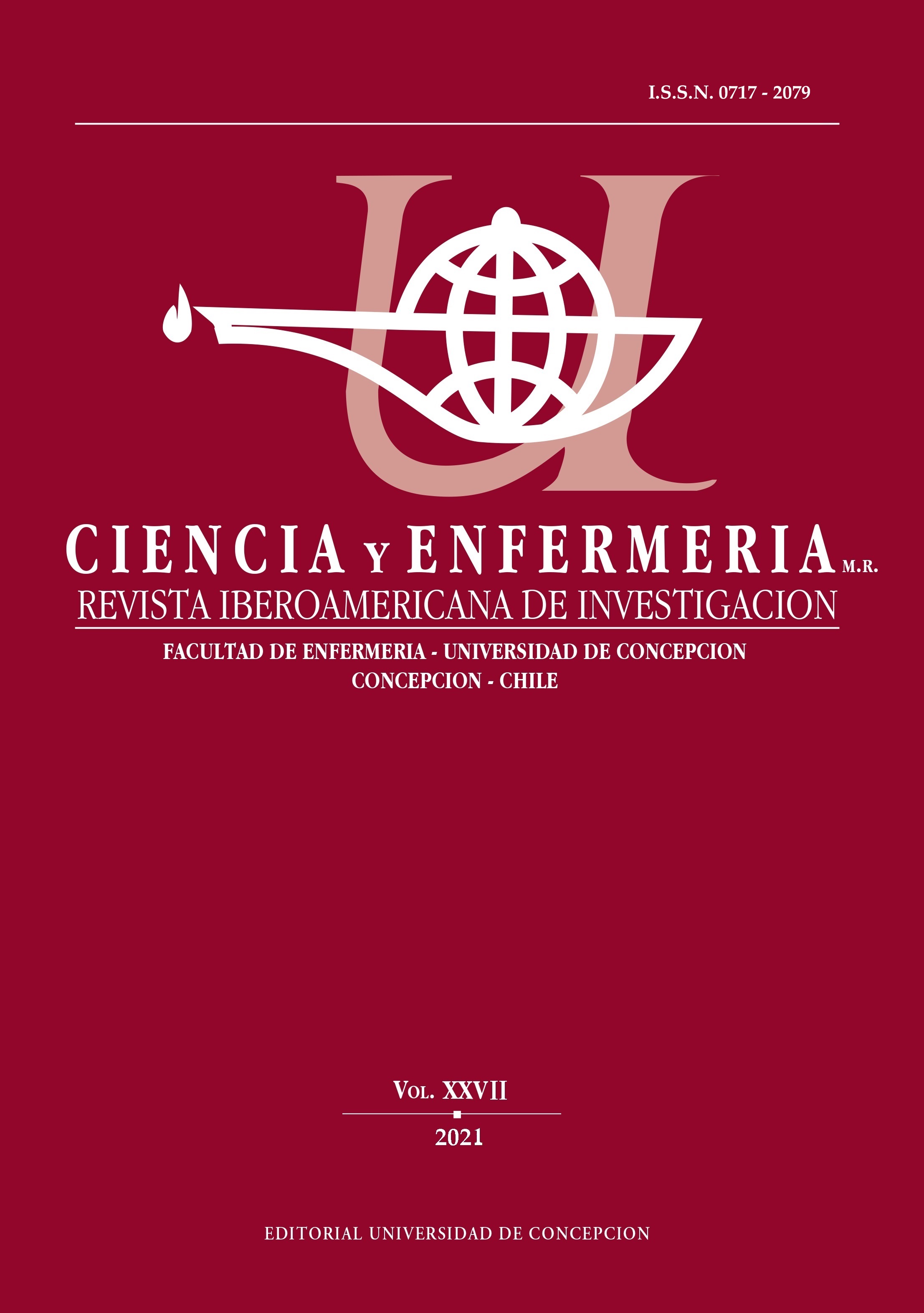QUALITY OF LIFE AND ACADEMIC PERFORMANCE ACCORDING TO THE SEX OF ADOLESCENTS
DOI:
https://doi.org/10.29393/CE27-40QVNA40040Keywords:
Adolescent, Sex, Quality of Life, Academic Performance, Serviços de Enfermagem EscolarAbstract
Objective: To analyze the health-related quality of life (HRQoL) and its relationship with academic performance (AP) according to the gender of schoolchildren. Material and Method: Cross-sectional study carried out at the Federal Institute of Maranhão (IFMA), in the cities of Pedreiras and Grajaú, northeastern Brazil, from May to August 2018. 289 adolescents participated in this research. In addition to the sociodemographic characterization, data collection involved the measurement of HRQoL through the KIDSCREEN-52 and the direct collection of academic data through the school system. Differences in HRQoL by sex were verified using the Mann-Whitney U Test. The relationship between HRQoL and AP was established using Spearman’s correlation. Results: Girls had a worse perception of the general HRQoL and in six of the ten dimensions evaluated. Regarding the correlations established between HRQoL and AP, although significant, the strength was weak. For girls, AP was directly related to physical well-being, psychological well-being, moods & emotions, parent relation & home life, and school environment. For boys, negative correlations of AP with health and physical activity and self-perception, and positive correlation with the school environment. Conclusion: The famale adolescents had a worse perception of HRQoL in most of the dimensions evaluated and the correlation between HRQoL and AP indicates significant differences between the sexes: for girls, physical and psychological health, family and school well-being were related to the best AP; for boys, potential negative impact of physical well-being and self-perception on AP was highlighted.
Downloads
Published
How to Cite
Issue
Section

This work is licensed under a Creative Commons Attribution 4.0 International License.













